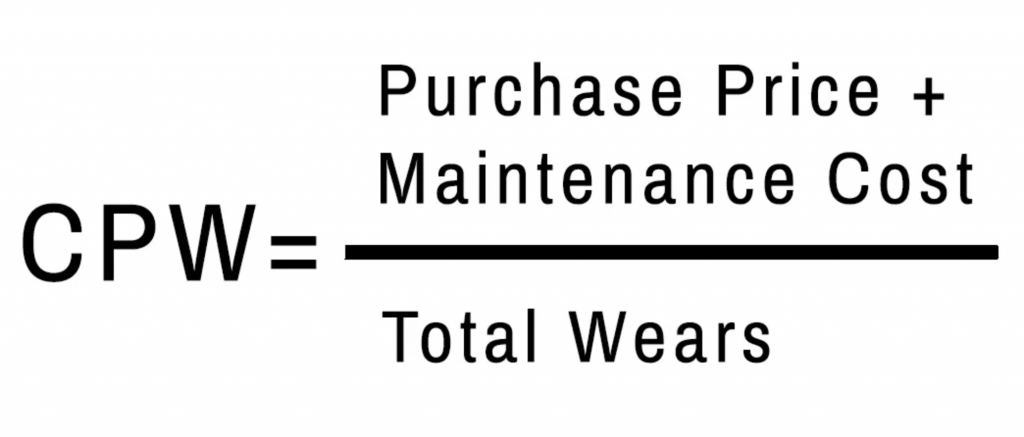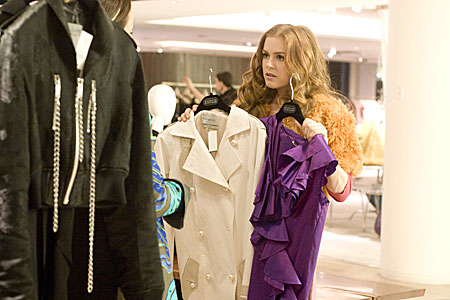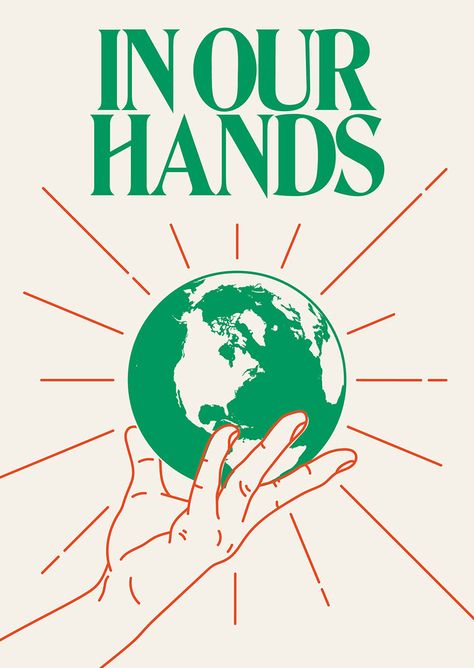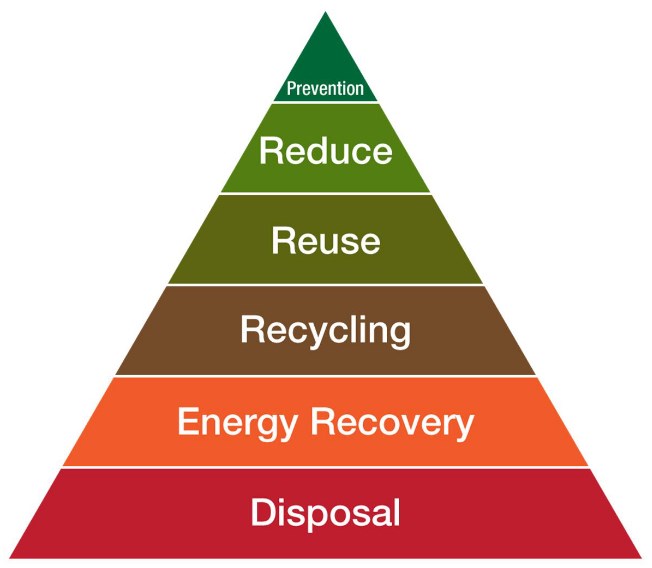Sustainable Fashion

Sustainable fashion refers to eco-friendly practices in designing, producing, consuming, and recycling clothes. This practice focuses on making sure the way we approach fashion causes little to no harm to the environment. The hope is that sustainable fashion will be able to withstand time and support a bright and viable future for the planet as well as people. At ÀLA.HAUSSE our vision and motto " Looking Chic with À Purpose" relies on Me and You to make it come true. #WEARYOURPURPOSE #HAUSSEPEOPLE!
Fast Fashion


Ethical Fashion

Fast fashion is based on designing, producing and consuming goods quickly and cheaply. Leading fast fashion brands are inspired by garments on the runway, but sell their clothing at a price affordable to the everyday consumer. Fast fashion is harmful because it results in overproduction and environmental pollution, generates excessive amounts of waste, and leads to low wages for workers. It is a growing industry that is not sustainable, nor is it usually ethical either. ÀLA HAUSSE is all about fashion that is trendy, bold, affordable and eco-friendly. Our platform is here to serve our fashion-loving ecosystem and the environment as a whole.
The term Ethical Fashion refers to the humane treatment of workers in the manufacturing process of the fashion industry. In the past and present, these workers are often not well compensated for or given safe environments to work in. Ethical fashion addresses the issues of working conditions, health and safety, child labour, and living wages -- all important and crucial issues that must be addressed. Ethical fashion also includes the ethical and humane treatment of animals in the fashion industry. ÀLA HAUSSE believes in the equal and fair treatment of all beings.

200000
tons of dyes are lost to effluents every year during the dyeing and finishing operations process from the textile industry.
Organic

When discussing textiles, the term Organic refers to how materials are grown and produced. The process of growing organic materials is devoid of any pesticides, synthetic fertilizers, genetically modified organisms (GMOs), and any other harmful chemicals. These chemicals could be harmful to the planet, to workers producing the material, and to consumers. At ÀLA.HAUSSE we believe in quality over quantity. Be a part of the ÀLA.HAUSSE ecosystem to slow down consumerism as a whole.
“Fashion is not something that exists in dresses only. Fashion is in the sky, in the street, fashion has to do with ideas, the way we live, what is happening."
Coco Chanel
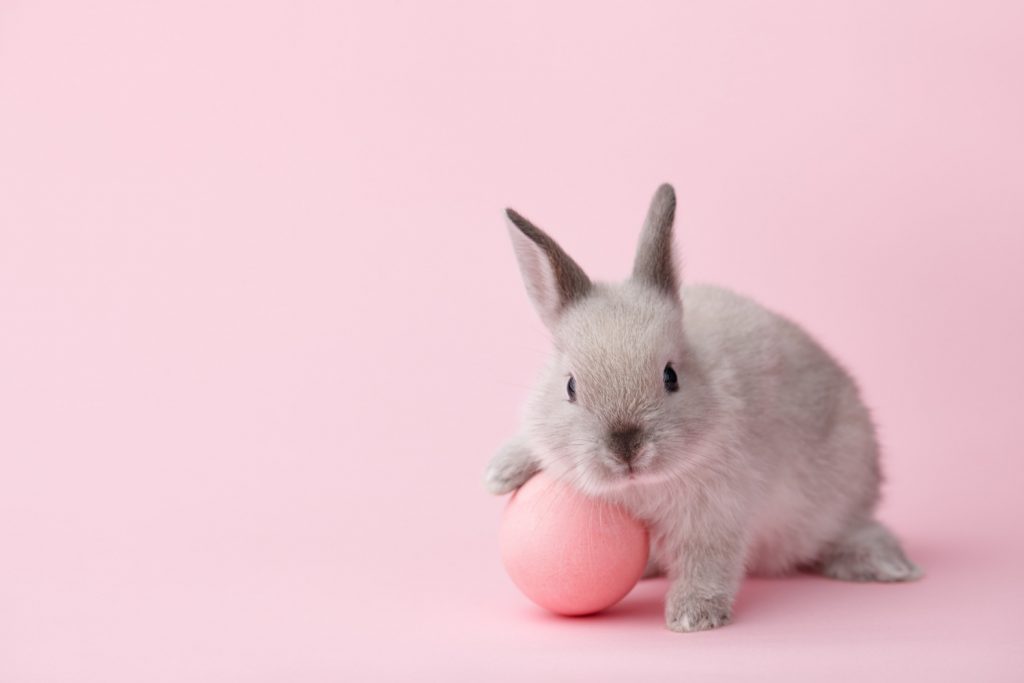
Cruelty-Free

Cruelty-free refers to animal welfare, specifically whether any animals were hurt or harmed during the production of the garment. In fashion, it also means that the product is not made with animal-derived materials or byproducts. ÀLA.HAUSSE believes in the equal and fair treatment of all beings. By circulating and upcycling our fashion items, we slow down the consumption of products that are not cruelty-free.

Slow Fashion & Upcycling

Slow fashion is the opposite of fast fashion. In slow fashion, brands approach the process of designing and producing with awareness of sustainability and ethicality. Slow fashion brands create garments that more durable, of higher quality, and are made to last longer. From a consumer perspective, slow fashion requires shoppers to buy less, while simultaneously encouraging them to invest in higher quality pieces.
Upcycling is the practice of transforming waste into reusable, high-quality products. In fashion, upcycling encourages creativity and innovation from designers and producers, and it promotes the reuse and repurposing of manufacturing waste byproducts.
We at ÀLA.HAUSSE believe that slow fashion Is the key to a sustainable future in fashion and the environment. Our ecosystem is designed to slow down fashion consumerism. Through continual circulation and upcycling, we can extend the lives of our existing fashion products. Our individual actions can impact the environment, and when we stand together as a community, our power is infinite.
#WhoMadeMyClothes

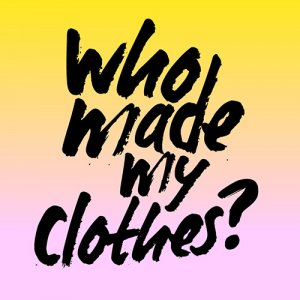
The goal of the hashtag was to bring awareness to the humanitarian and ethical issues in fast fashion. Its aim was to raise awareness among consumers, and to have consumers reflect on the brands they purchase, the manufacturing process, and the work environment of garment workers. In response, textile factory workers also participated in the movement with the hashtag #IMadeYourClothes.
Greenwashing

Greenwashing occurs when a company claims that its products are ethical and sustainable in order to distract from its unsustainable practices. This includes any intentionally misleading ad campaigns and any publicized environmental claim. Companies will often refer to one or two eco-friendly initiatives they are partaking in as proof that they are a sustainable or ethical brand. However, in most cases, their initiatives aren’t enough, and don’t fully address the bigger, more critical issues at hand.
Traceability

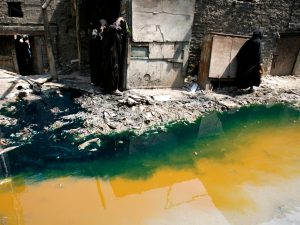
Traceability is the ability to track all aspects of an item throughout the supply chain. It is an important concept because it requires that a brand/company be transparent about their actions. Traceability ensures that the company can be held responsible for claimed practices and values, and it promotes more ethical and sustainable values.
Carbon Emissions

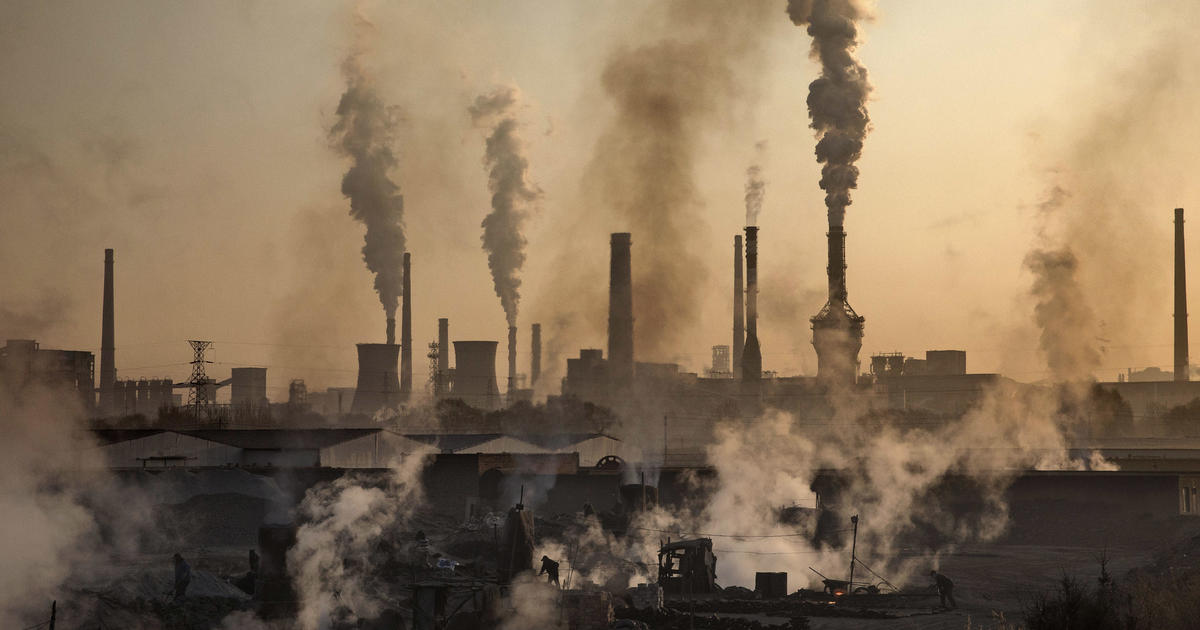
Carbon emissions are the release of carbon dioxide into the atmosphere, but the term is often used to refer to greenhouse gas emissions as a whole, the key contributors of climate change. The fashion industry is responsible for 10% of global carbon emissions each year. It is the second-largest contributor, releasing more carbon emissions than all international flights and maritime shipping combined. Every year, the fashion industry uses 93 billion cubic meters of water, enough water to meet the needs of 5 million people. The pressure of constant production and consumption has created an environmentally unsustainable industry.
Fair Trade

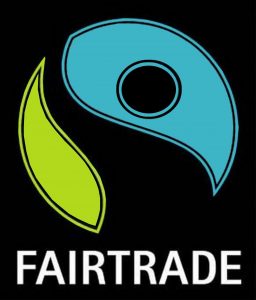
Any organization with the Fair Trade symbol is certified by Fairtrade International. Fair Trade acknowledges and addresses the imbalance of power in trading relationships, building a model that ensures decent working conditions, sound environmental practices, and a thriving worker community. Fairtrade items may include a premium to guarantee that the farmer or factory worker is properly compensated for and is able to earn a better living.
Transparency

Transparency refers to a company publicly sharing where their products are sourced, how their products are made, and who is involved. This is an important practice, because it promotes better treatment of factory workers and animals, and it encourages more ethical and sustainable practices. At ÀLA.HAUSSE, us #HAUSSEPEOPLE own ourselves, speak with our actions, contribute authentically, and #WEAROURPURPOSE.
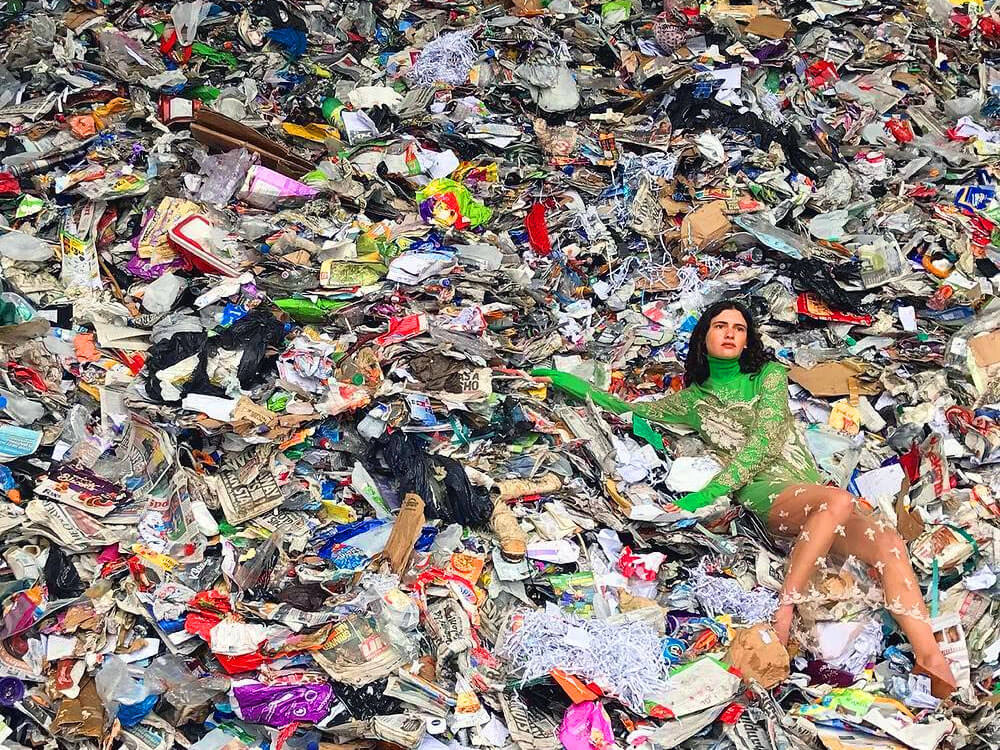
Recycling

Recycling is the process of breaking down a product into its raw base materials for reuse. This can be a costly and time-consuming process that involves many parts. At ÀLA.HAUSSE, we believe that by reselling and renting our fashion items, we go beyond simply recycling our products. We are being proactive. #WEARYOURPURPOSE
Circular Economy

A circular economy focuses on creating products that are reusable, recyclable, or biodegradable. This is done to minimize, if not eliminate, the waste created by the fashion industry. To be effective, this practice must be put in place from the very start, with the design and conception of the product. True circularity requires full transparency from a company.


